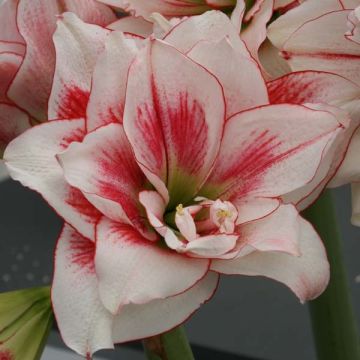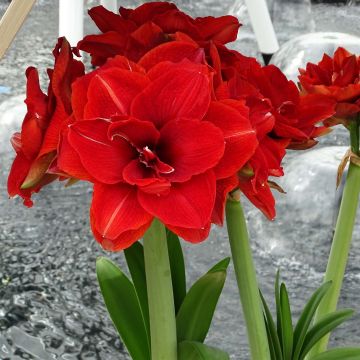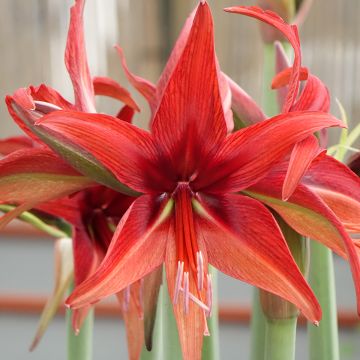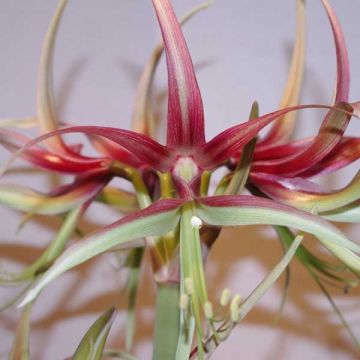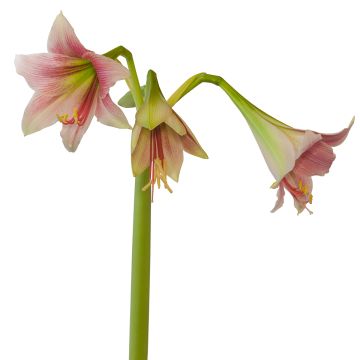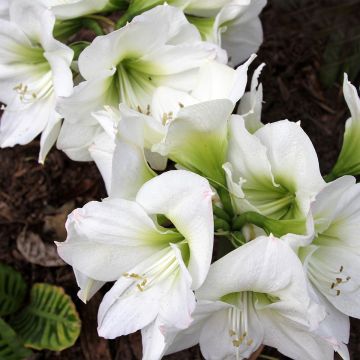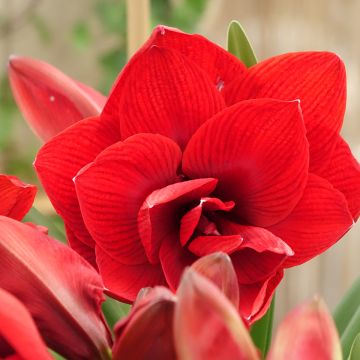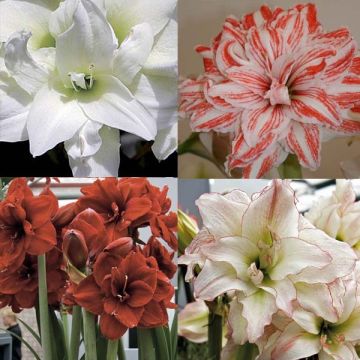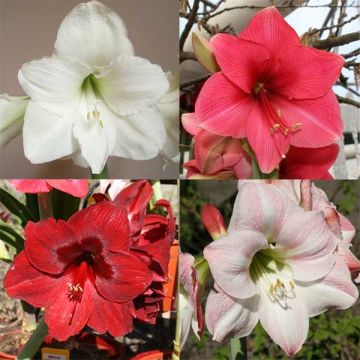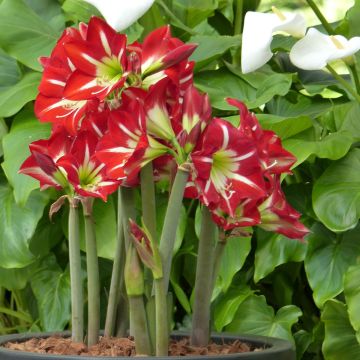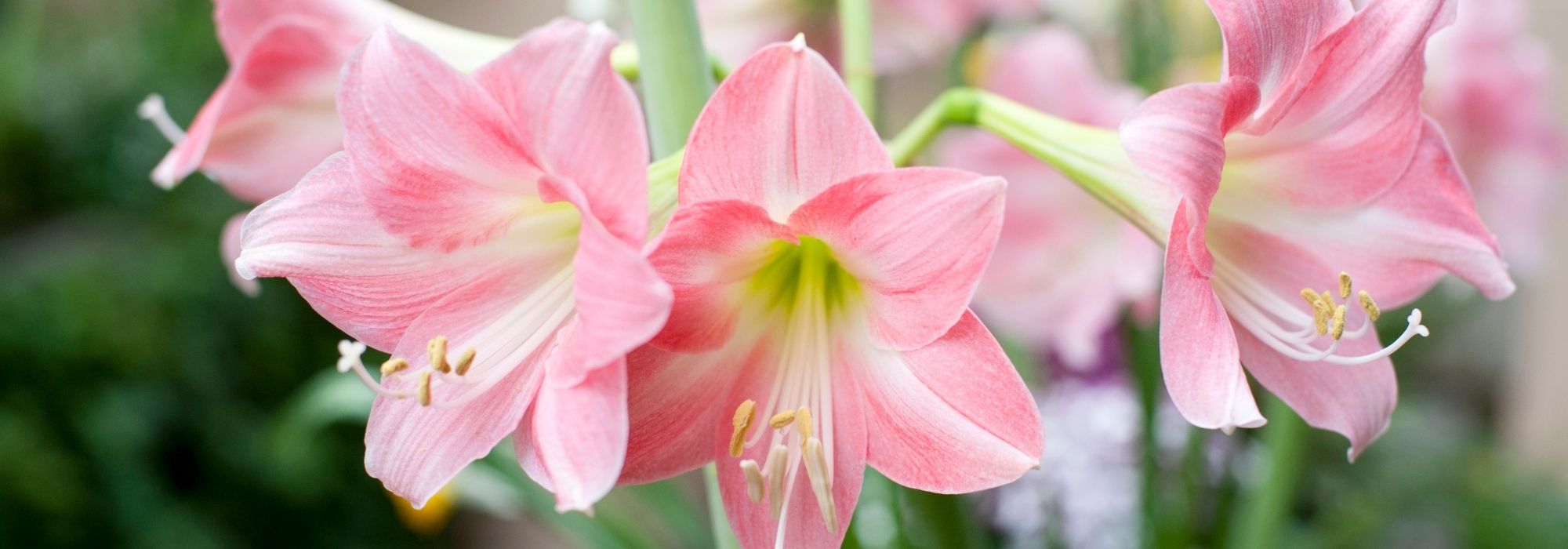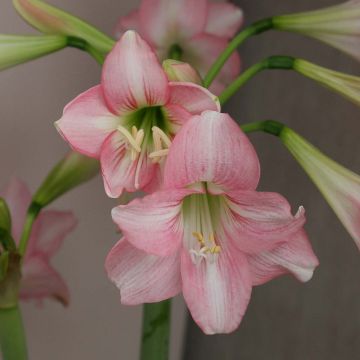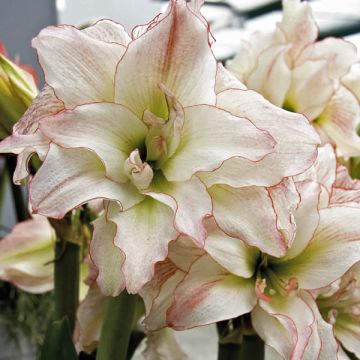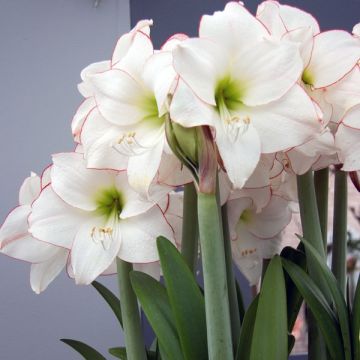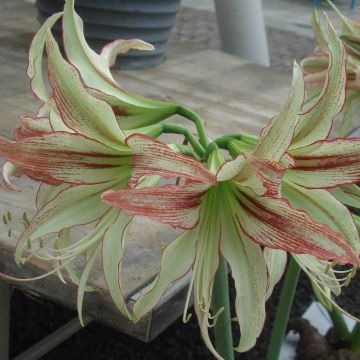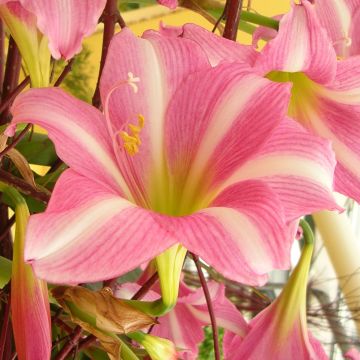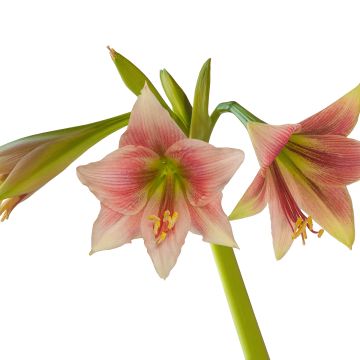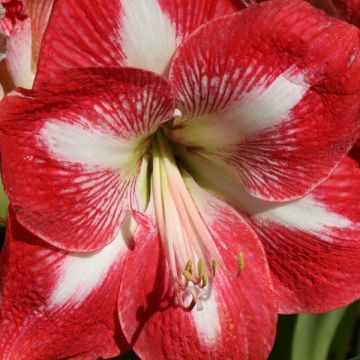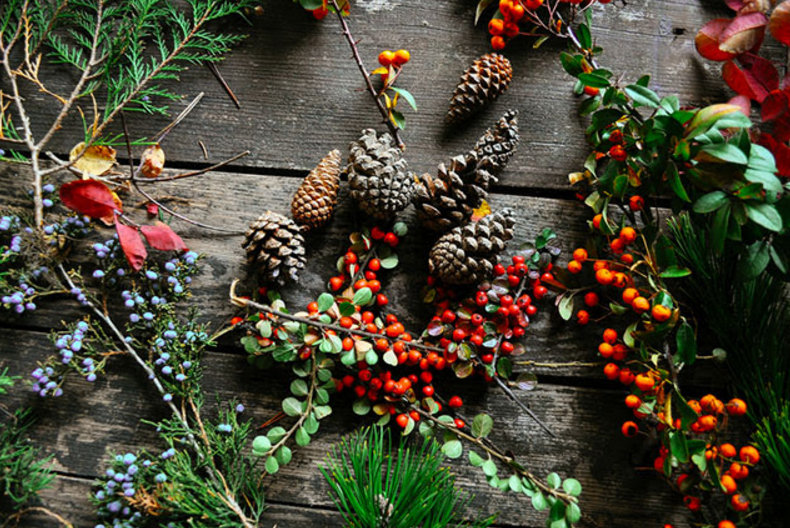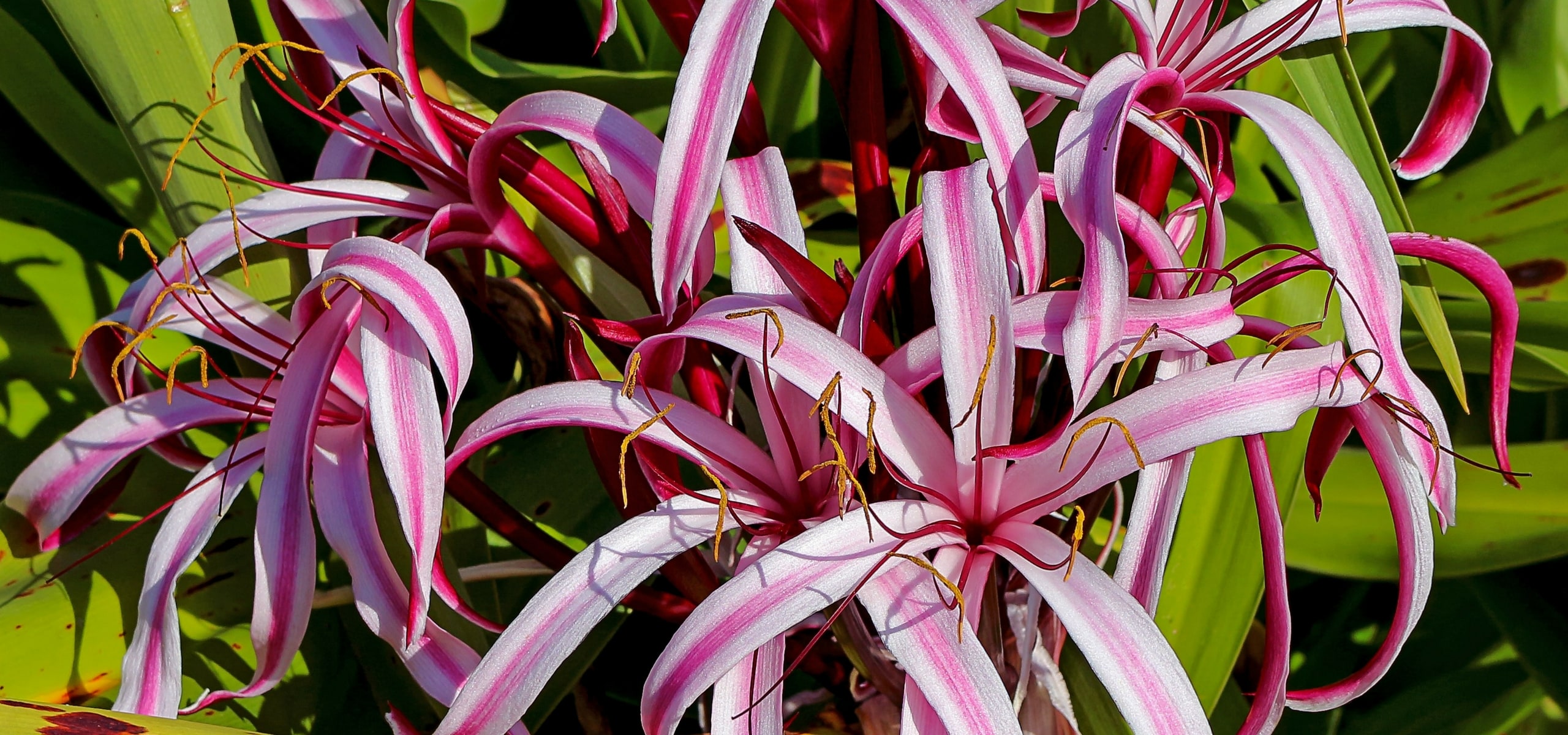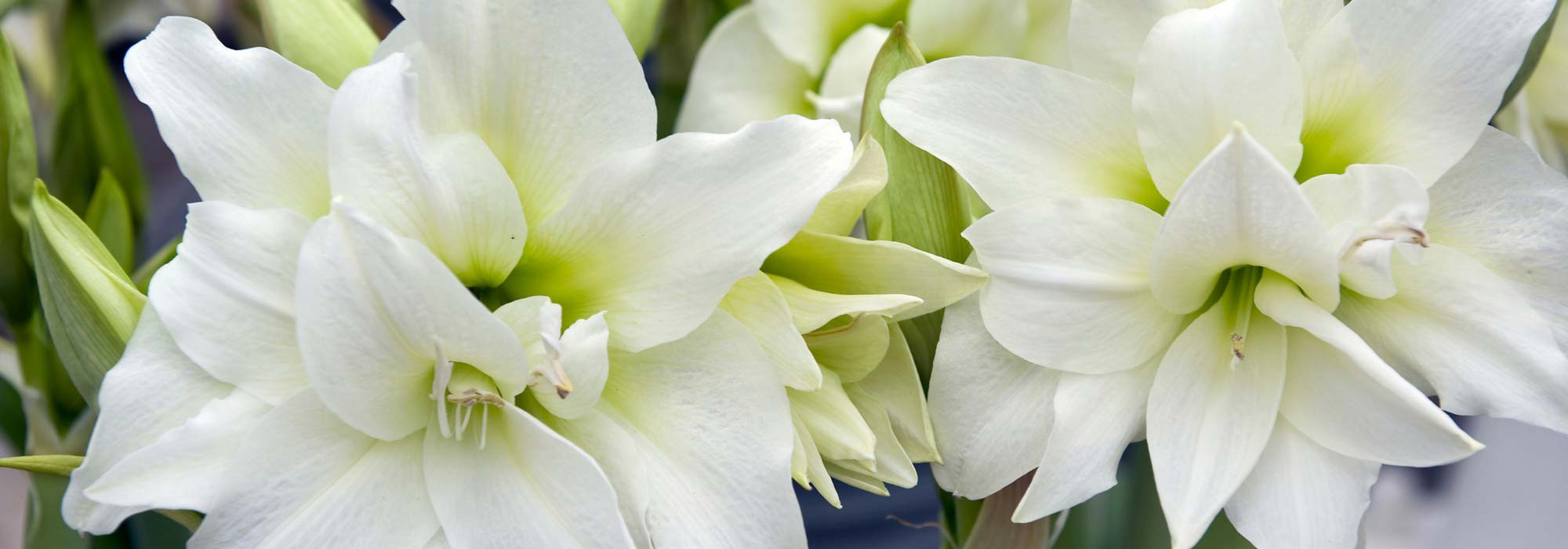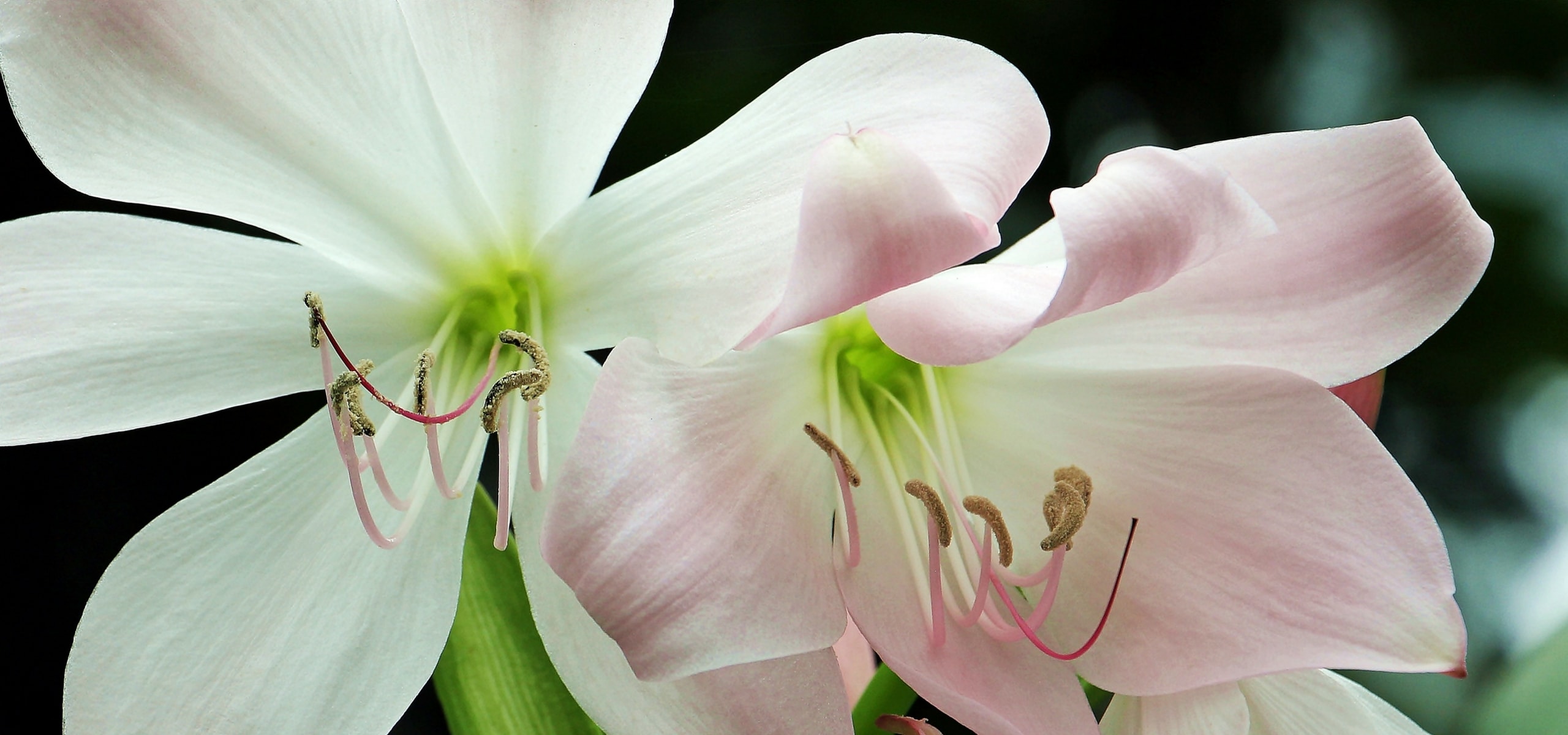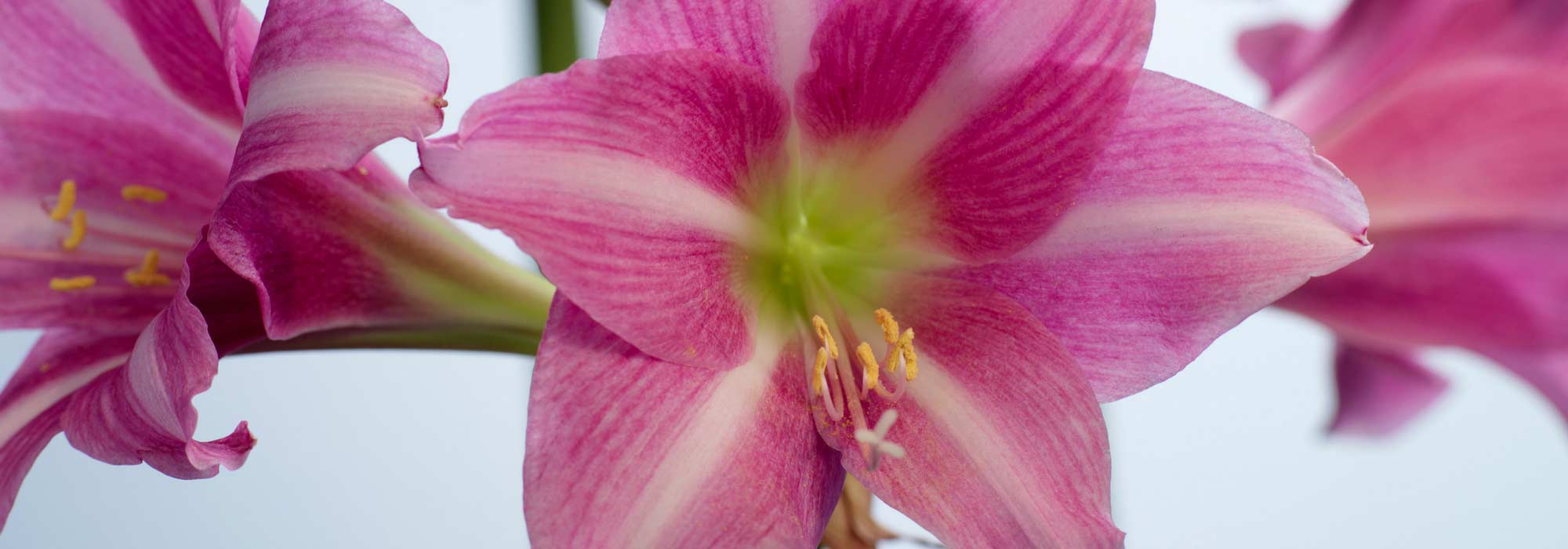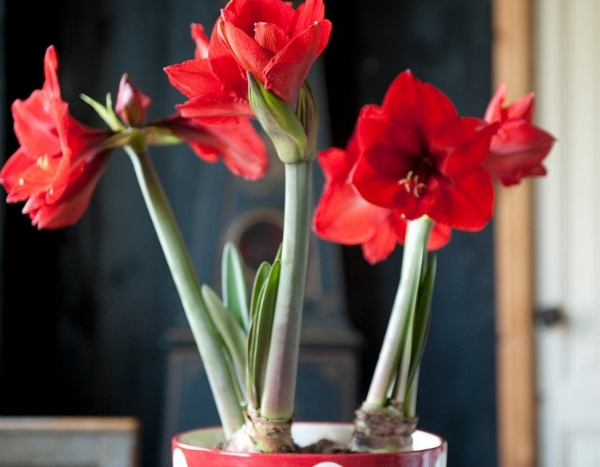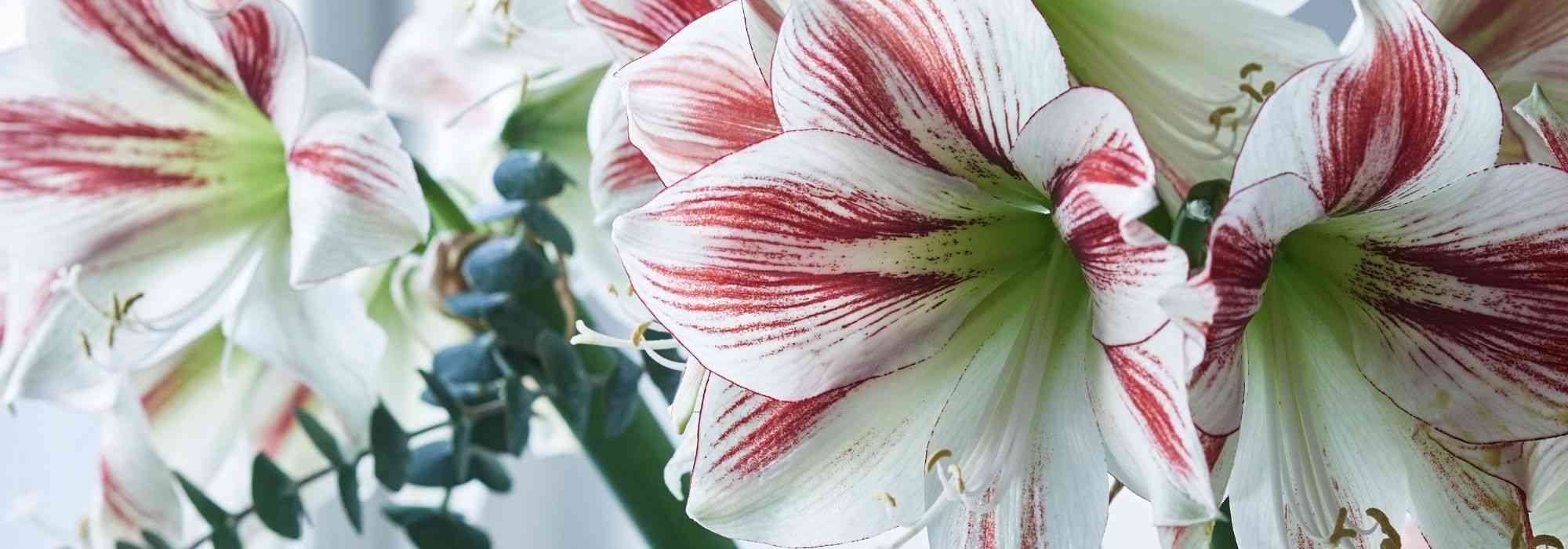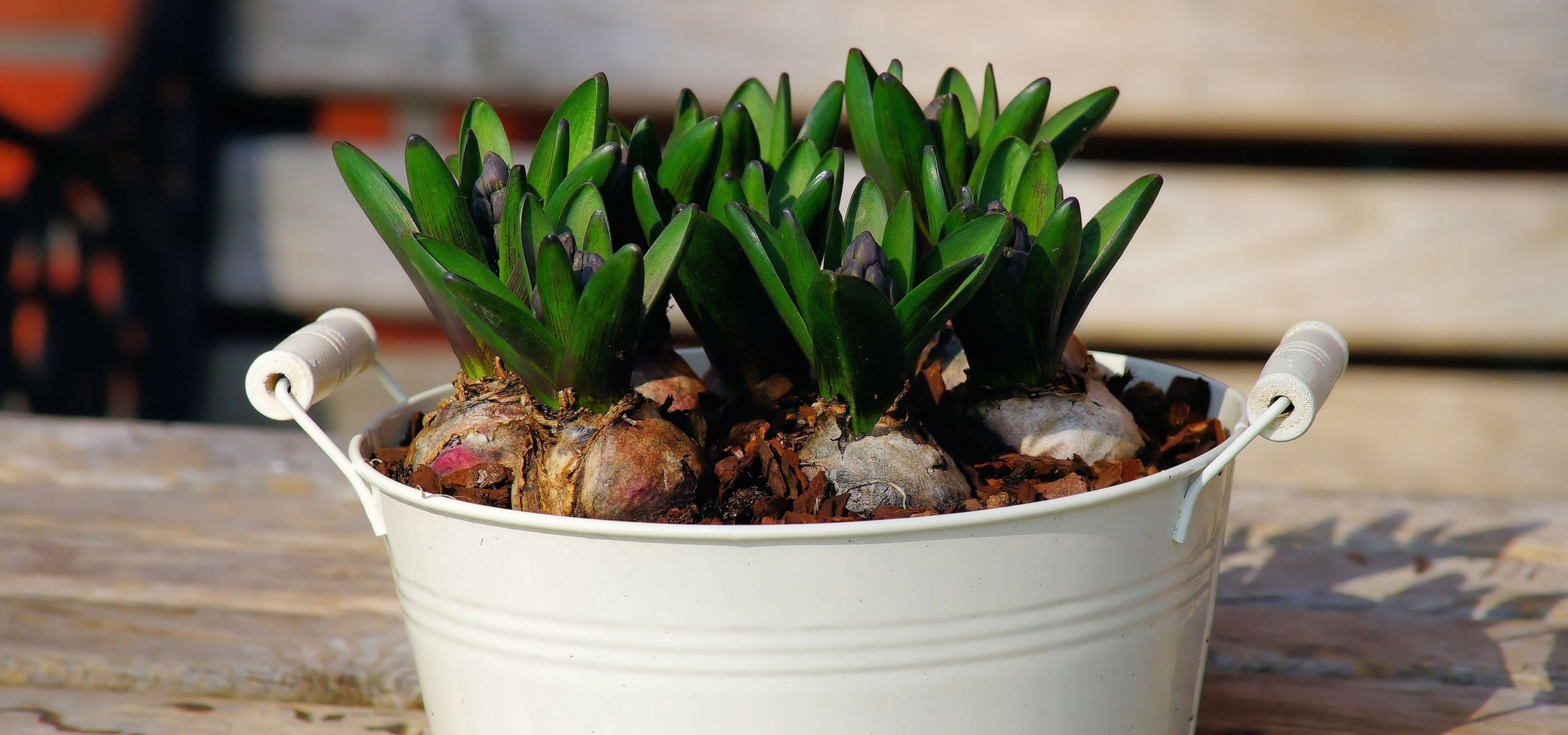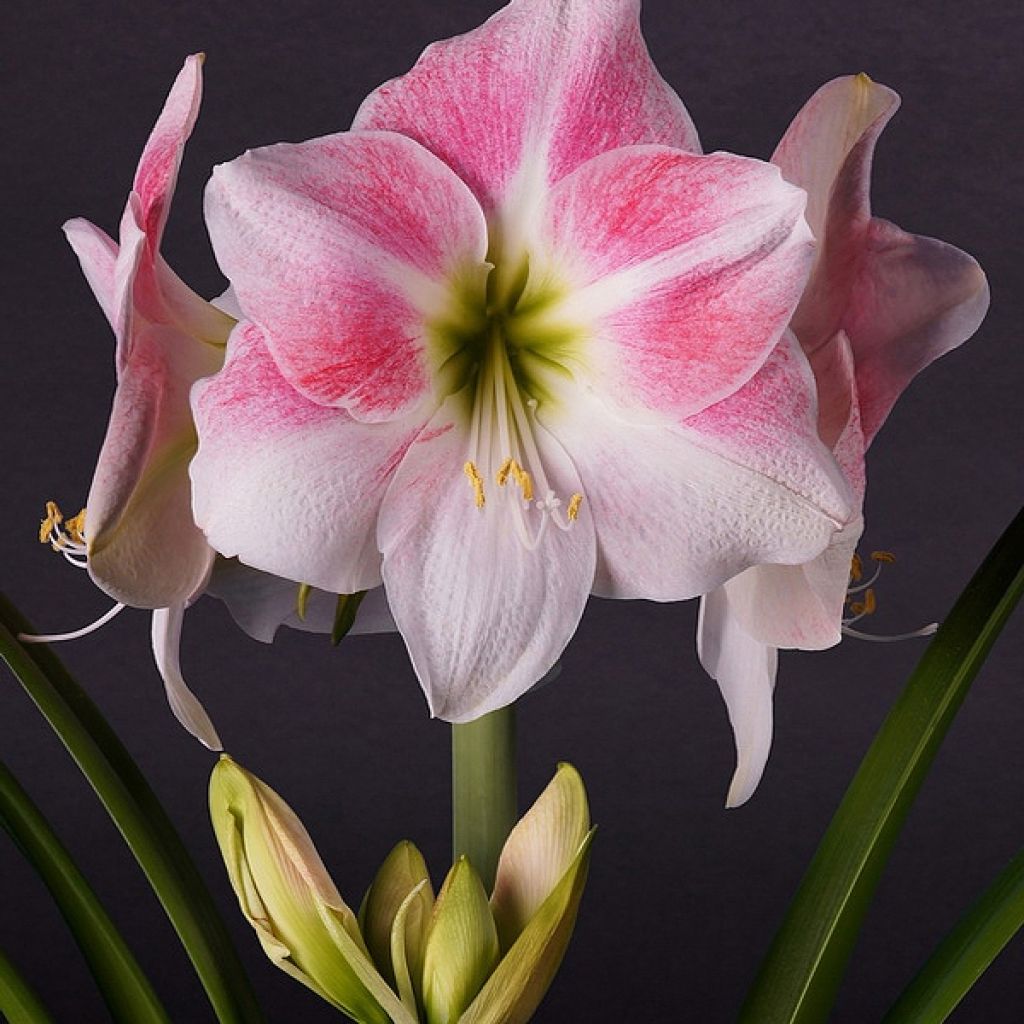

Amaryllis Rosy Star - Hippeastrum


Amaryllis Rosy Star - Hippeastrum


Amaryllis Rosy Star - Hippeastrum
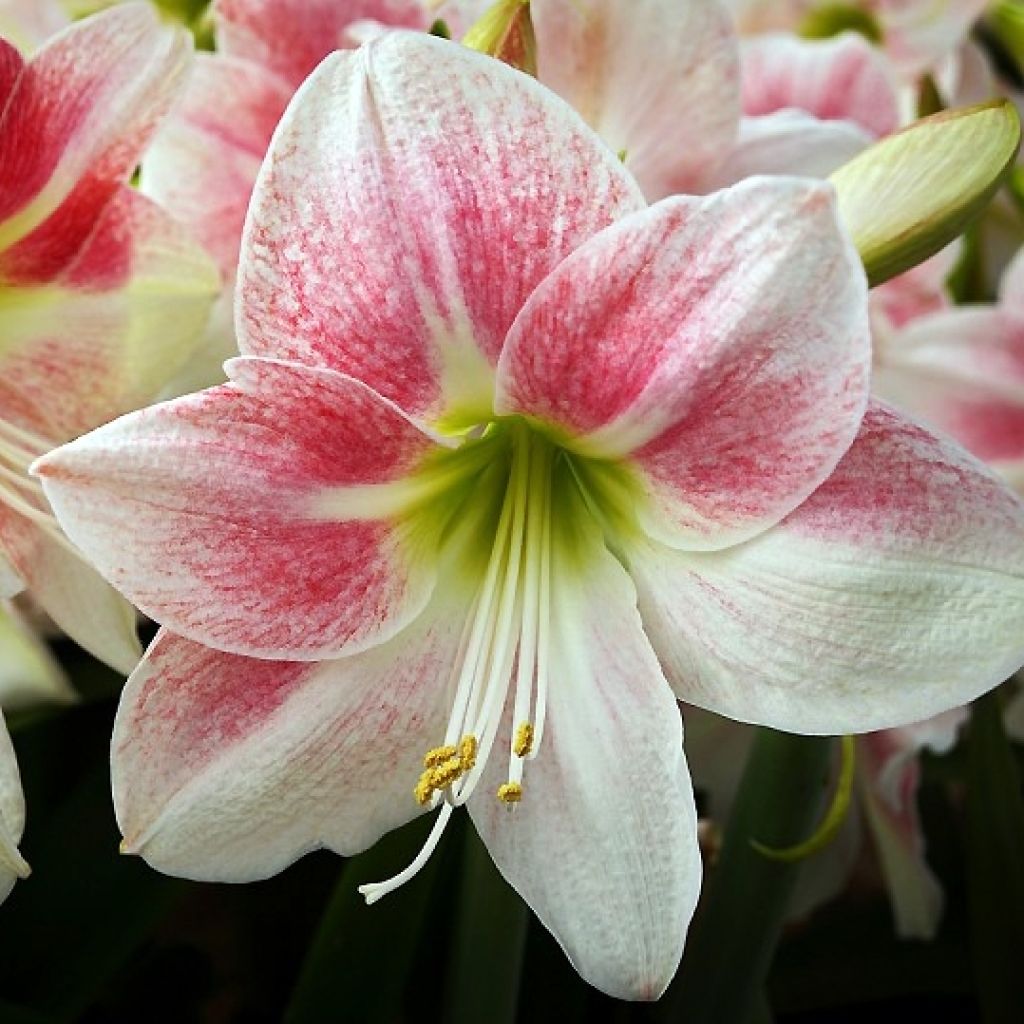

Amaryllis Rosy Star - Hippeastrum
Hippeastrum Rosy Star - Amaryllis
Hippeastrum Rosy Star
Amaryllis, Knight's-star-lily
Special offer!
Receive a €20 voucher for any order over €90 (excluding delivery costs, credit notes, and plastic-free options)!
1- Add your favorite plants to your cart.
2- Once you have reached €90, confirm your order (you can even choose the delivery date!).
3- As soon as your order is shipped, you will receive an email containing your voucher code, valid for 3 months (90 days).
Your voucher is unique and can only be used once, for any order with a minimum value of €20, excluding delivery costs.
Can be combined with other current offers, non-divisible and non-refundable.
Why not try an alternative variety in stock?
View all →This plant carries a 6 months recovery warranty
More information
We guarantee the quality of our plants for a full growing cycle, and will replace at our expense any plant that fails to recover under normal climatic and planting conditions.
Would this plant suit my garden?
Set up your Plantfit profile →
Description
Amaryllis 'Rosy Star' is a delightful variety of hippeastrum, with its large white flowers beautifully flushed and sprinkled with bright pink around an apple green throat. Its large, thick and iridescent flowers, of an almost unreal beauty, reflect light superbly. Each bulb often produces two flower stalks each bearing four magnificent flowers.
Originating from the subtropical regions of Central and South America, Hippeastrum are frost-sensitive plants belonging to the Amaryllidaceae family, typically grown in pots in our latitudes. When in full bloom, the Rosy Star variety forms a clump 40 to 50 cm (16 to 20in) tall and 30 cm (12in) wide. It has very round, wide flowers with a particularly thick and fleshy substance, which contributes to their longevity. The flower consists of overlapping rounded petals, white in colour, heavily tinged with true pink on the upper half. The flower's centre is green, releasing a bouquet of long, pale yellow, white-based curved stamens. Four very large flowers, 22 cm (9in) in diameter, dominantly tower over a thick hollow stalk that will soon be followed by another. Positioned back-to-back, they form a unique composition. The leaves are ribbon-like and green. They turn yellow and then dry out some time after flowering, while the large bulb enters a dormant phase.
Planting an Amaryllis is a very rewarding experience. Hippeastrum is very easy to grow and its growth is extremely rapid; 6 to 10 weeks after planting, the flowers are already blooming. You can enjoy them throughout the winter. To give it as a Christmas gift, consider planting it at the beginning of November. The Rosalie variety doesn't need companions to showcase its obvious beauty. You can plant some simple snowdrop bulbs at its base, just to dress up its slightly stiff stalks. Ideally, place it in direct sunlight, for example in front of a window. Trim the stem when the flowers have faded to encourage re-flowering.
Amaryllis is actually a misuse of language directly related to an error made in the 18th century. It was Linnaeus himself who used it to name the American species. However, the name was already being used for another beautiful flower, this one from South Africa. Conventionally, the denomination Amaryllis has been retained for both. To distinguish them, the name Hippeastrum is added to the first one and Belladona to the second. It must be said that both deserve this name well: Amaryllis means 'sparkling' and, in classical Greek literature, the plant was the subject of a pastoral poem where the beautiful shepherdess Amaryllis dies of a love that will only be accessible to her after a terrible wound. From her blood, gorgeous bunches of red flowers emerge.
Plant habit
Flowering
Foliage
Botanical data
Hippeastrum
Rosy Star
Amaryllidaceae
Amaryllis, Knight's-star-lily
Cultivar or hybrid
Other Hippeastrum - Amaryllis
View all →Planting and care
You can plant the bulbs of Amaryllis Rosy Star from October to the end of April. Choose a pot that is not too big,1-2cm (1in) larger than the size of the bulb. Place a layer of drainage at the bottom. Mix half potting compost, half garden soil. Only bury the bulb halfway. Place the pot in a warm and bright location. Water sparingly until the stem appears. Then water daily. 6 to 8 weeks later, your bulbs will flower. Our advice: if you choose multiple bulbs, plant them with a two-week interval to enjoy the beauty of Amaryllis all winter.
How to make my Amaryllis flower again? After flowering, remove the faded flowers and let the leaves develop. Continue to water regularly and give them indoor plant fertiliser every 15 days. This is when the bulb replenishes itself to prepare for next year's flowers. After 4 to 6 months, forget about your potted plants, let them rest for about 3 months in a sheltered place. You can then remove the faded leaves, repot in fresh soil, and start a new growing cycle.
Planting period
Intended location
Care
Planting & care advice
This item has not been reviewed yet - be the first to leave a review about it.
Haven't found what you were looking for?
Hardiness is the lowest winter temperature a plant can endure without suffering serious damage or even dying. However, hardiness is affected by location (a sheltered area, such as a patio), protection (winter cover) and soil type (hardiness is improved by well-drained soil).

Photo Sharing Terms & Conditions
In order to encourage gardeners to interact and share their experiences, Promesse de fleurs offers various media enabling content to be uploaded onto its Site - in particular via the ‘Photo sharing’ module.
The User agrees to refrain from:
- Posting any content that is illegal, prejudicial, insulting, racist, inciteful to hatred, revisionist, contrary to public decency, that infringes on privacy or on the privacy rights of third parties, in particular the publicity rights of persons and goods, intellectual property rights, or the right to privacy.
- Submitting content on behalf of a third party;
- Impersonate the identity of a third party and/or publish any personal information about a third party;
In general, the User undertakes to refrain from any unethical behaviour.
All Content (in particular text, comments, files, images, photos, videos, creative works, etc.), which may be subject to property or intellectual property rights, image or other private rights, shall remain the property of the User, subject to the limited rights granted by the terms of the licence granted by Promesse de fleurs as stated below. Users are at liberty to publish or not to publish such Content on the Site, notably via the ‘Photo Sharing’ facility, and accept that this Content shall be made public and freely accessible, notably on the Internet.
Users further acknowledge, undertake to have ,and guarantee that they hold all necessary rights and permissions to publish such material on the Site, in particular with regard to the legislation in force pertaining to any privacy, property, intellectual property, image, or contractual rights, or rights of any other nature. By publishing such Content on the Site, Users acknowledge accepting full liability as publishers of the Content within the meaning of the law, and grant Promesse de fleurs, free of charge, an inclusive, worldwide licence for the said Content for the entire duration of its publication, including all reproduction, representation, up/downloading, displaying, performing, transmission, and storage rights.
Users also grant permission for their name to be linked to the Content and accept that this link may not always be made available.
By engaging in posting material, Users consent to their Content becoming automatically accessible on the Internet, in particular on other sites and/or blogs and/or web pages of the Promesse de fleurs site, including in particular social pages and the Promesse de fleurs catalogue.
Users may secure the removal of entrusted content free of charge by issuing a simple request via our contact form.
The flowering period indicated on our website applies to countries and regions located in USDA zone 8 (France, the United Kingdom, Ireland, the Netherlands, etc.)
It will vary according to where you live:
- In zones 9 to 10 (Italy, Spain, Greece, etc.), flowering will occur about 2 to 4 weeks earlier.
- In zones 6 to 7 (Germany, Poland, Slovenia, and lower mountainous regions), flowering will be delayed by 2 to 3 weeks.
- In zone 5 (Central Europe, Scandinavia), blooming will be delayed by 3 to 5 weeks.
In temperate climates, pruning of spring-flowering shrubs (forsythia, spireas, etc.) should be done just after flowering.
Pruning of summer-flowering shrubs (Indian Lilac, Perovskia, etc.) can be done in winter or spring.
In cold regions as well as with frost-sensitive plants, avoid pruning too early when severe frosts may still occur.
The planting period indicated on our website applies to countries and regions located in USDA zone 8 (France, United Kingdom, Ireland, Netherlands).
It will vary according to where you live:
- In Mediterranean zones (Marseille, Madrid, Milan, etc.), autumn and winter are the best planting periods.
- In continental zones (Strasbourg, Munich, Vienna, etc.), delay planting by 2 to 3 weeks in spring and bring it forward by 2 to 4 weeks in autumn.
- In mountainous regions (the Alps, Pyrenees, Carpathians, etc.), it is best to plant in late spring (May-June) or late summer (August-September).
The harvesting period indicated on our website applies to countries and regions in USDA zone 8 (France, England, Ireland, the Netherlands).
In colder areas (Scandinavia, Poland, Austria...) fruit and vegetable harvests are likely to be delayed by 3-4 weeks.
In warmer areas (Italy, Spain, Greece, etc.), harvesting will probably take place earlier, depending on weather conditions.
The sowing periods indicated on our website apply to countries and regions within USDA Zone 8 (France, UK, Ireland, Netherlands).
In colder areas (Scandinavia, Poland, Austria...), delay any outdoor sowing by 3-4 weeks, or sow under glass.
In warmer climes (Italy, Spain, Greece, etc.), bring outdoor sowing forward by a few weeks.






























